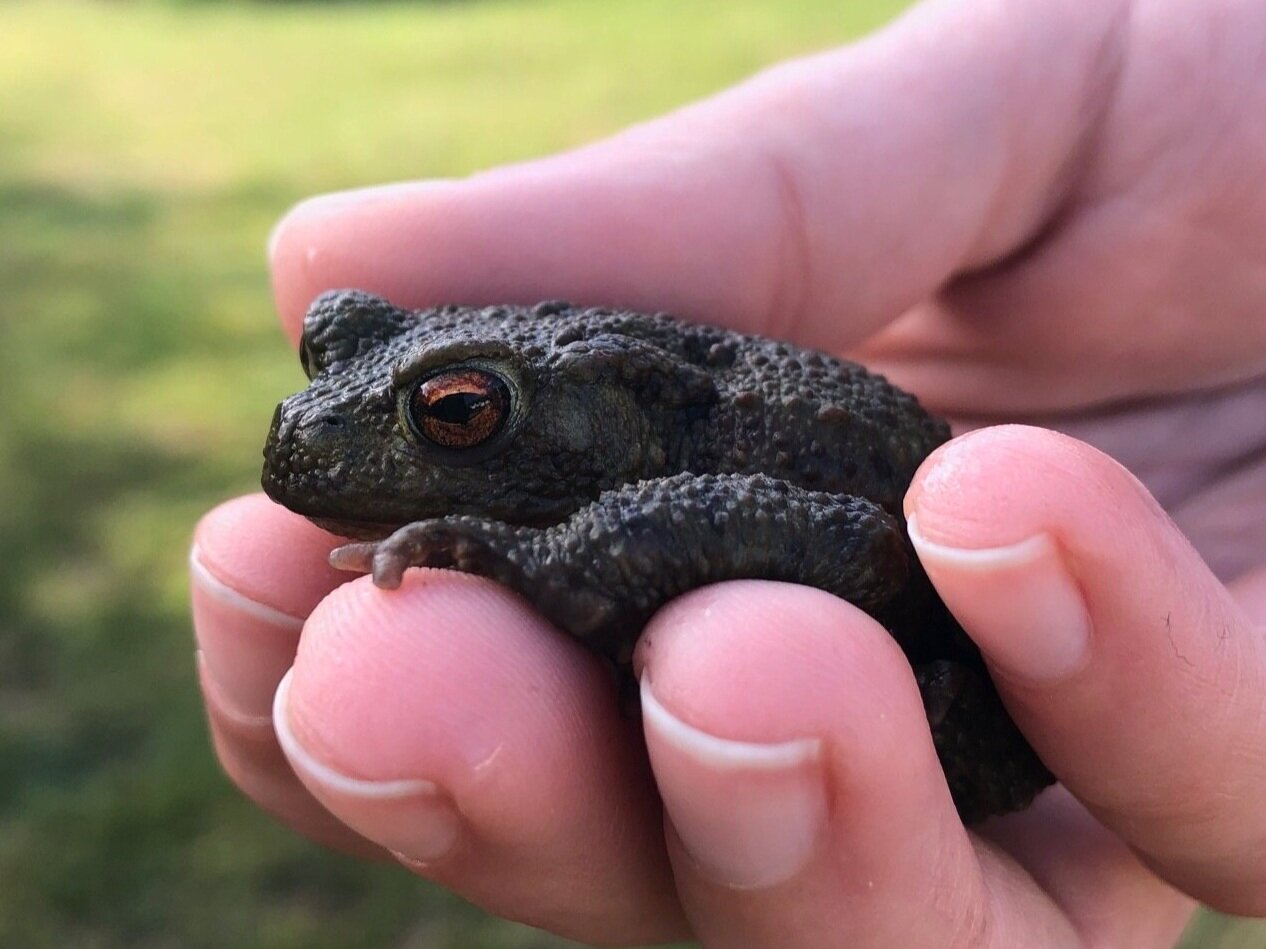The Oceanário de Lisboa (Lisbon’s Oceanarium) is the largest indoor aquarium in Europe. It holds an impressive 5 million litres of seawater and includes some pretty amazing creatures in its exhibitions. If ichthyology is your thing, you’d be in heaven but if you enjoy marine biology in general this is an absolute must if you’re ever around Lisbon.
Hi, I’m Talita. I’m interested in evolutionary biology and occasionally write about it here.
🐸🦎🐊🐢🐍🦕🦖







